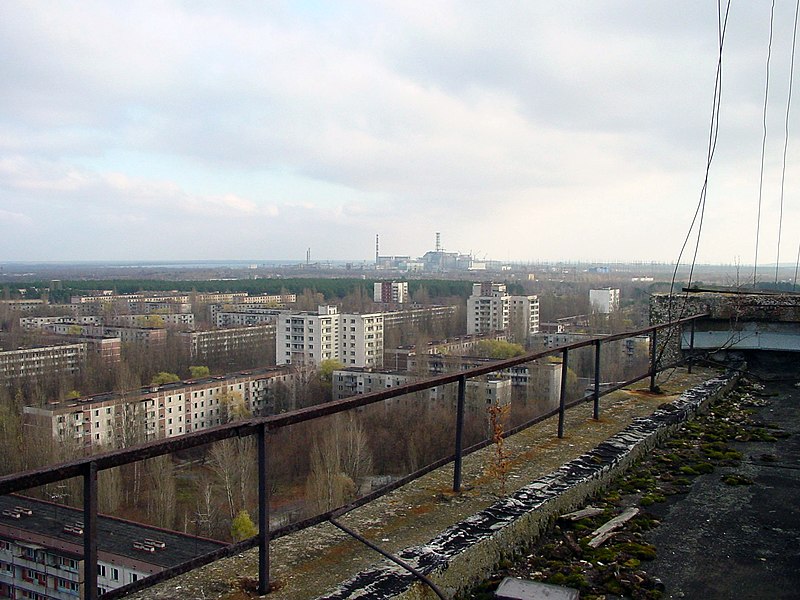Though natural disasters can do much damage and devastation, some of the worst disasters in history have been caused by us – people. Some are accidental. Some are speculated to be the work of government conspiracy. Moreover, the repetition of disaster types supports the dispute that humans have failed to really learn from past faults.
We tracked down the inflation-adjusted damages counting from top 10 of the worst man made mistakes ever written in history, including awful mergers, industrial gaffe and oil spills.
10 – Seveso Chemical Plant (1976)

Location: Seveso, Italy
A safety valve in a chemical plant ruptures which turns out to release toxic vapour cloud which occurred around 12:37 pm in July 10, 1976. The unrestricted chemical impacted from all sorts of food sources around the area so great that the livestock and soil had to be removed and incinerated.
Within days a total of 3,300 animals were found dead, mostly poultry and rabbits. Emergency slaughtering commenced to prevent TCDD from entering the food chain, and by 1978 over 80,000 animals had been slaughtered. 15 children were quickly hospitalised with skin inflammation. By the end of August, Zone A had been completely evacuated and fenced, 1,600 people of all ages had been examined and 447 were found to suffer from skin lesions or chloracne. An advice center was set up for pregnant women of which only 26 opted for an abortion, which was legal in special cases, after consultation. Another 460 women brought on their pregnancies without problems, their children not showing any sign of malformation or pathologies.
9 – Chernobyl Nuclear Power Plant (1986)
Location: Chernobyl, Ukraine
The reactor explosion released a radiation four hundred times as bad as the bomb being drop at Nagasaki and Hiroshima in Japan during World War 2. After the worst incident, almost 270,000 people have contracted cancer.
The Chernobyl disaster is the worst nuclear power plant accident in history in terms of cost and resulting deaths, and is one of only two classified as a level 7 event on the International Nuclear Event Scale. The battle to contain the contamination and avert a greater catastrophe ultimately involved over 500,000 workers and cost an estimated 18 billion.
During the accident itself 31 people died, and long-term effects such as cancers and deformities are still being accounted for
8 – The Great Smog (1952)
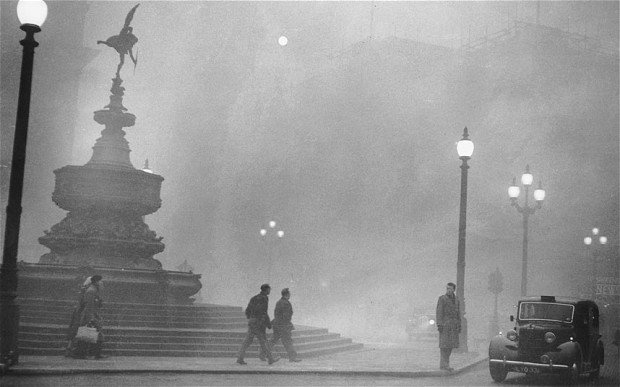
Location: London, United Kingdom
One of the worst disasters experienced by British people is a 4 day pollution cloud in London – commonly known as the big smoke incident. Over 4,000 people died in the world’s worst air pollution disaster.
There was no panic, as London was renowned for its fog. In the weeks that ensued, however, statistics compiled by medical services found that the fog had killed 4,000 people. Most of the victims were very young or elderly, or had pre-existing respiratory problems. In February 1953, Lieutenant-Colonel Lipton suggested in the House of Commons that the fog had caused 6,000 deaths and that 25,000 more people had claimed sickness benefits in London during that period.
Most of the deaths were caused by respiratory tract infections from hypoxia and as a result of mechanical obstruction of the air passages by pus arising from lung infections caused by the smog. The lung infections were mainly bronchopneumonia or acute purulent bronchitis superimposed upon chronic bronchitis.
More recent research suggests that the number of fatalities was considerably greater, at about 12,000.
7 – The Dust Bowl (1930)
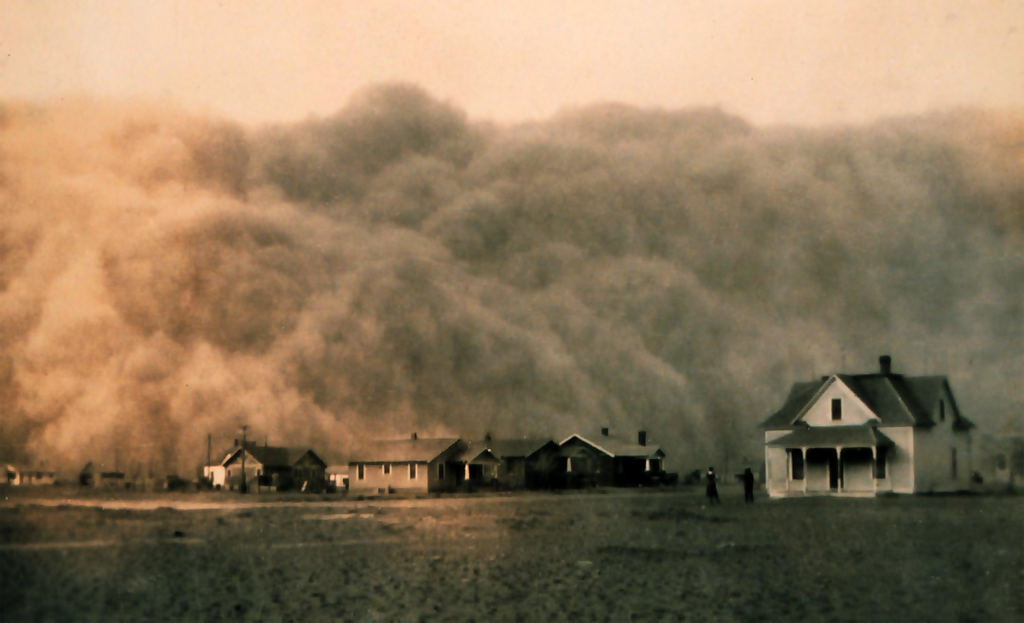
Location: Great Plains, USA
A mass agricultural expansion combined with a decade long drought led to huge dust storms with an affected 100, 000,000 acres of land and made 500,000 homeless people.
6 – Love Canal Chemical Waste (1978)

Location: New York, USA
There is a 21,000 tons of toxic waste dumped in the 1940’s and 1950’s which was later uncovered in 1978. Hooker Chemical was found to be negligent in their disposal of waste, though not reckless in the sale of the land, in what became a test case for liability clauses. The dumpsite was discovered and investigated by the local newspaper, the Niagara Falls Gazette, from 1976 through the evacuation in 1978.
After the discovery of the toxic waste were accompanied with reports from birth defects and miscarriages on pregnant women as well as chemical burns.
5 – Vietnam Ecocide (1962-1971)
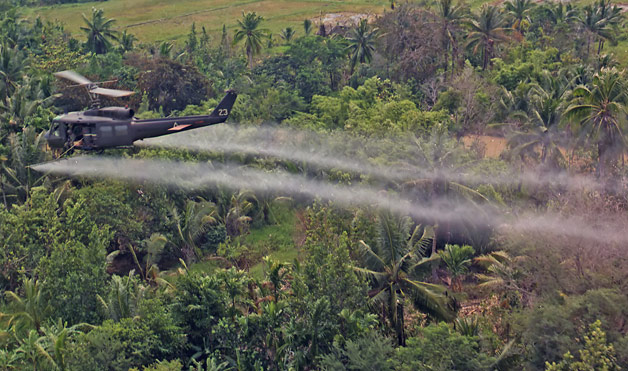
Location: Vietnam
This was one of the worst ever written in the history of natural disaster. There was over 2.2 Million acres of forest and croplands were destroyed by the US. A chemical called “Rainbow Herbicides” used has a long-term damaging effect on the ecosystem and pollution.
4 – Minamata Bay Poisoning (1956)

Location: Minamata, Japan
A factory in Japan dumped a mercury contaminated waste into Hyakken Harbour, affecting in habitant creatures such as fish eaten by locals which results to a 10,000 people infected with “Minamata Disease” with 2,000 death tolls. While cat, dog, pig, and human deaths continued for 36 years, the government and company did little to prevent the pollution. The animal effects were severe enough in cats that they came to be called “dancing cat fever.”
3 – Bhopal Gas Disaster (1984)
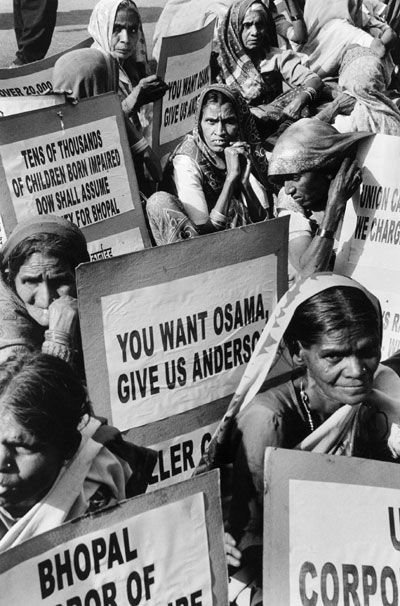
Location: Bhopal, India
500,000 people were exposed to Methyl Isocyanate Gas which is a high toxic pesticide. The toxic contacted led to 30,000 deaths with even more affected or permanently disabled. Estimates vary on the death toll. The official immediate death toll was 2,259. The government of Madhya Pradesh confirmed a total of 3,787 deaths related to the gas release. Others estimate 8,000 died within two weeks and another 8,000 or more have since died from gas-related diseases. A government affidavit in 2006 stated the leak caused 558,125 injuries including 38,478 temporary partial injuries and approximately 3,900 severely and permanently disabling injuries.
2 – Deep Water horizon Oil Spill (2010)
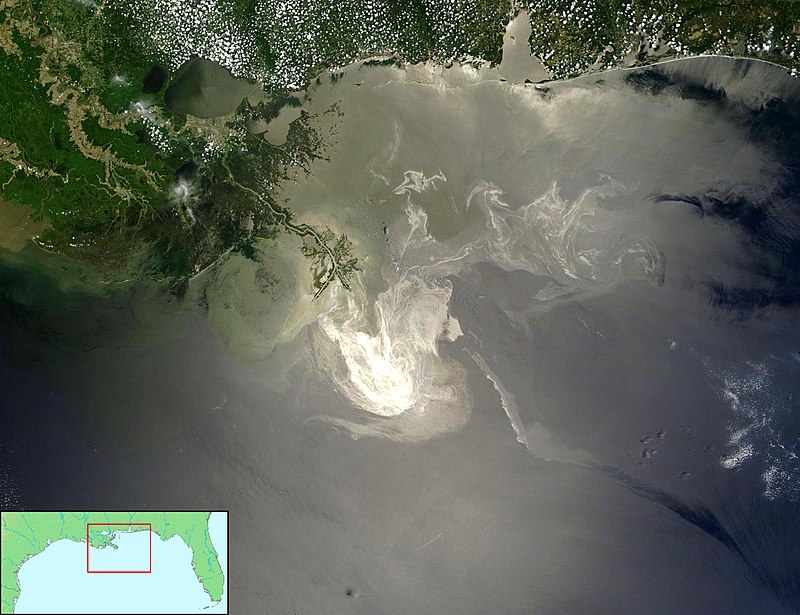
Location: Gulf of Mexico
The BP Oil Spill latest 87 days, with 4.9 Million barrels of oil released into the Atlantic Ocean. The BP have been fined over $24 Billion for the incident. Oil continued to be found as far from the Macondo site as the waters off the Florida Panhandle and Tampa Bay, where scientists said the oil and dispersant mixture is embedded in the sand.
In 2013 it was reported that dolphins and other marine life continued to die in record numbers with infant dolphins dying at six times the normal rate. One study released in 2014 reported that tuna and amberjack that were exposed to oil from the spill developed deformities of the heart and other organs that would be expected to be fatal or at least life-shortening and another study found that cardiotoxicity might have been widespread in animal life exposed to the spill.
1 – Huang He Flood (1938)

Location: China
The Chinese nationalists destroyed dikes to halt Japanese forces in the Sino-Japanese War which in turns, the Huang He River Flooded causing 700,000 deaths. The strategic value of the flood has been questioned. Japanese troops were out of its range, either to the north and east or to the south. Besides the massive death toll, the flooded areas were affected for years to come. The flooded countryside was more or less abandoned and all the crops destroyed. Upon the recession of the waters much of the ground was uncultivable as much of the soil was covered in silt. Many of the public structures and housing were also destroyed, leaving any survivors destitute. The irrigation channels were also ruined, further adding to the ecological toll on the farmlands.
The destruction also had an adverse effect on the Chinese population. Unable to fully decide which group deserved more blame for the catastrophe, the Chinese Government or the invading Japanese, many survivors blamed both sides. The flooded areas became fertile recruiting grounds for the Chinese Communists, using their anger towards a shared enemy to bring them into their ranks. By the 1940s they had evolved into a major guerrilla base known as the Yuwansu Base Area.
Reference: Wikipedia.org

